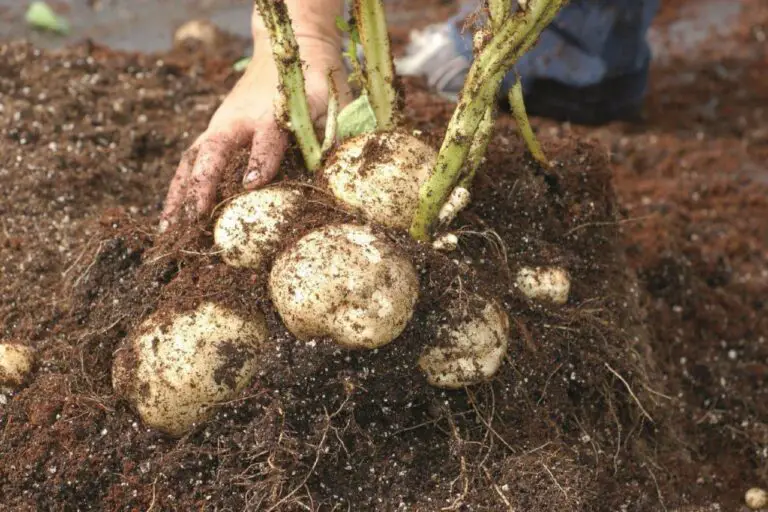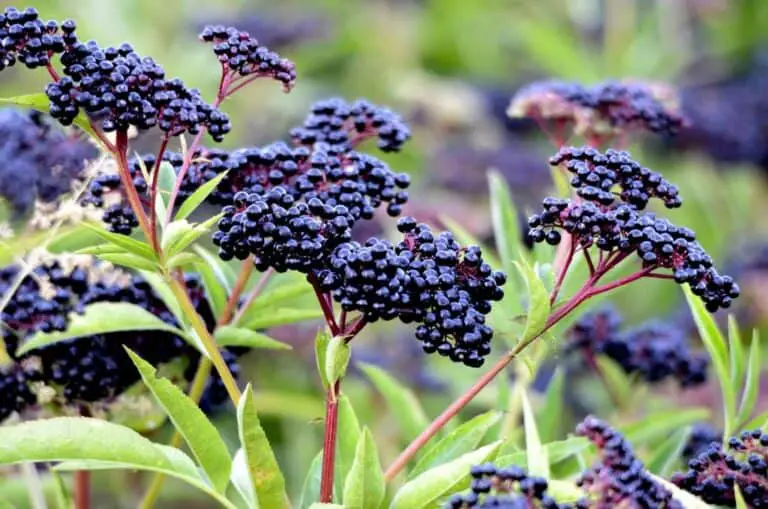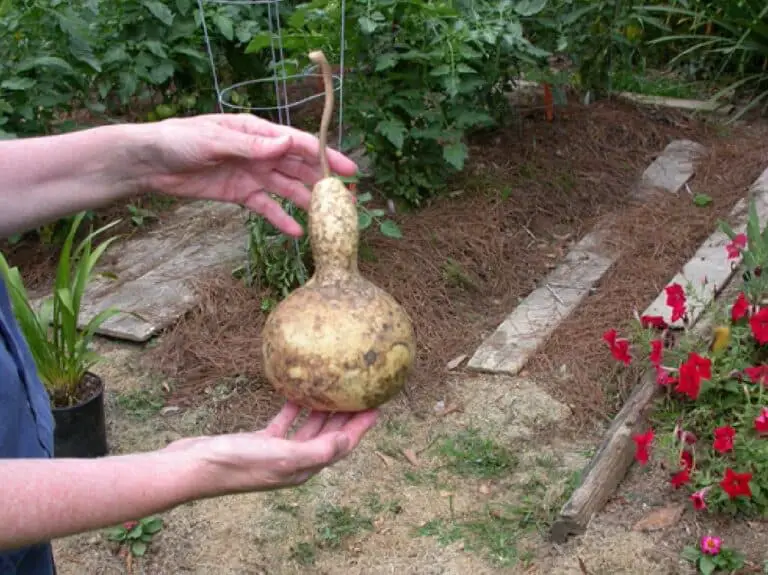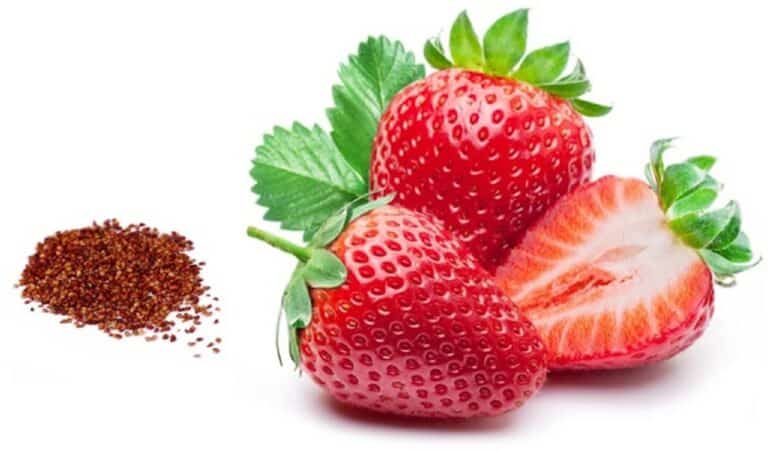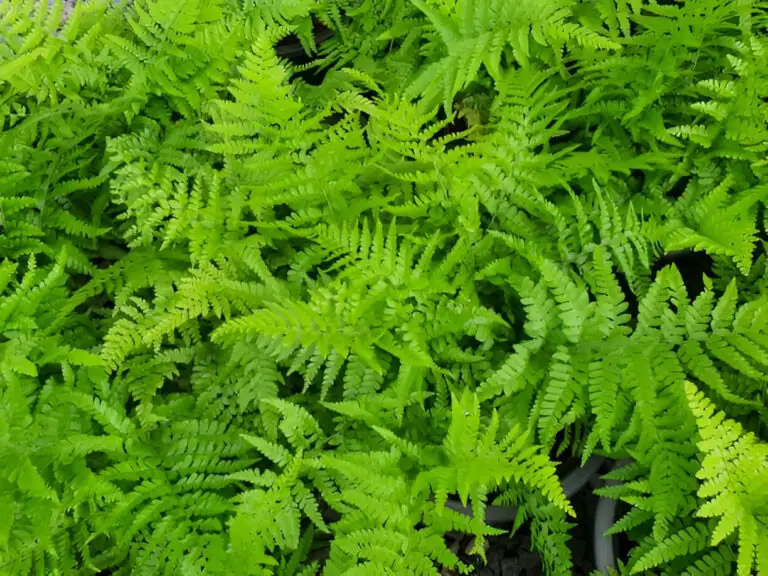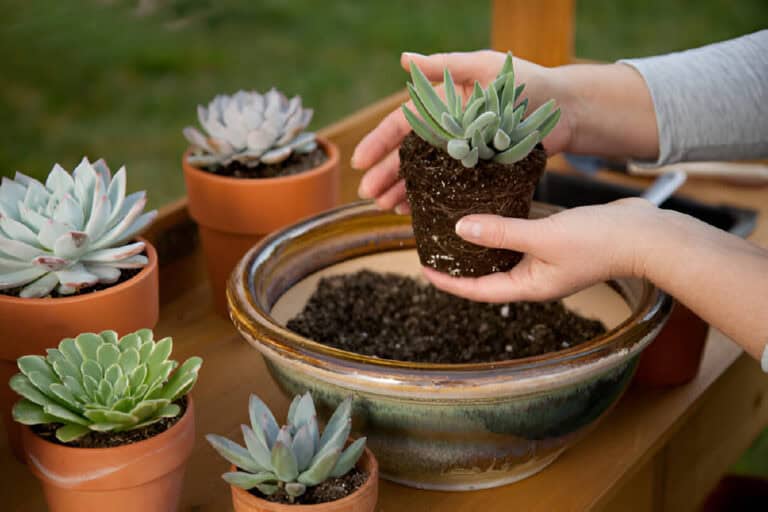Greenhouse vs. Polyhouse: A Detailed Comparison for Modern Growers

When I first explored plant cultivation, I found that a good growing environment was crucial. I had heard terms like “greenhouse” and “polyhouse” tossed around, but I never really grasped the difference until I dove deeper.
Let me take you through what I’ve learned, and maybe you’ll find it as eye-opening as I did.
What’s the Difference Between a Greenhouse and a Polyhouse?
Simply put, a polyhouse is a type of greenhouse. Think of it as the greenhouse’s younger, more flexible cousin. A polyhouse uses polyethylene as a cover, which gives it that name. On the other hand, a lath house uses wood for its cover, adding another twist to the world of covered growing spaces.
While polyhouses are usually cheaper and quicker to set up, greenhouses tend to be sturdier and offer a longer lifespan. But, let’s not just skim the surface—there’s more than meets the eye.
Structure and Materials: The Nuts and Bolts
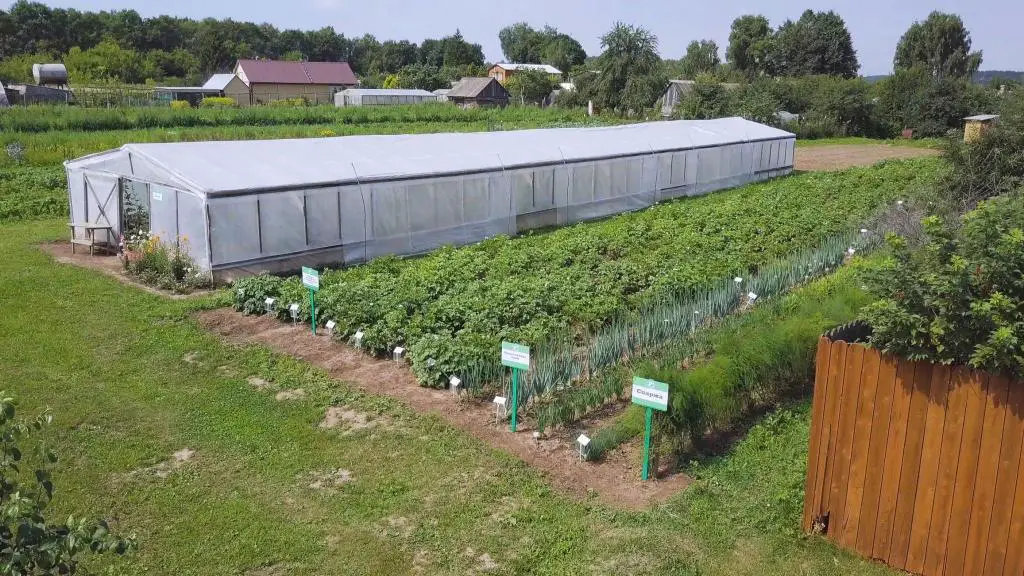
Greenhouses usually have glass or polycarbonate panels. They act like magnifying glasses, trapping heat inside. This creates a warm and humid environment, perfect for coaxing plants to grow year-round.
You’ll often see these structures in commercial farms or in the backyard of a gardener who wants to keep their tomatoes alive through winter.
On the flip side, polyhouses use polyethylene plastic sheets as their cover. This material makes them more affordable and versatile. Picture a cozy blanket that you can toss on and off as the seasons change.
Polyhouses excel in their adaptability; they can be assembled, disassembled, and relocated with relative ease, making them a hit in areas with unpredictable weather.
Here’s a quick comparison to sum up the differences:
| Feature | Greenhouse | Polyhouse |
| Material | Glass or polycarbonate | Polyethylene plastic |
| Durability | Long-lasting | Less durable |
| Cost | Higher | Lower |
| Flexibility | Permanent | Easily moved or adjusted |
| Ideal Use | Year-round growing | Seasonal or short-term crops |
Purpose and Use: Where Each Shines
Both greenhouses and polyhouses serve the ultimate goal of providing a controlled environment for plants, but the way they achieve this and their best use cases differ.
Greenhouses are like a warm embrace, keeping plants cozy no matter what the weather’s doing outside. They excel in cold climates, trapping every bit of heat they can muster. They are perfect for growing tender plants in regions where the outside temperature might otherwise kill them.
Polyhouses, on the other hand, are more like a breathable windbreaker. They provide enough protection to shield plants from the elements, but without creating a sauna inside. They’re ideal for regions that swing between extremes—like an unseasonably hot spell or a sudden cold snap. Polyhouses are lightweight, so they’re good for seasonal growing. You can set them up for the summer and pack them away when the weather turns.
Cost and Durability
When considering cost and durability, greenhouses and polyhouses offer different benefits. A greenhouse, especially one constructed with glass, tends to be more expensive to build and maintain. The initial investment is higher due to the cost of materials like glass or polycarbonate, as well as the sturdy frame needed to support them. However, this investment pays off in the long run. Greenhouses are durable and can last for many years with minimal maintenance. They are a good choice for those seeking a long-term growing solution.
On the other hand, polyhouses offer a more budget-friendly option. They are cheaper to construct because they use polyethylene plastic film as a cover instead of pricier materials like glass.
This makes polyhouses cheaper upfront. But, the polyethylene cover lasts less. It needs replacement every 4 to 6 years, depending on the film’s quality and the elements. This recurring cost should be factored in when planning for long-term use. But, polyhouses are cheap and easy to set up. So, they are a good option for seasonal or short-term projects.
Here’s a quick comparison:
| Aspect | Greenhouse | Polyhouse |
| Cost | Higher initial cost | Lower initial cost |
| Durability | Long-lasting with minimal maintenance | Requires film replacement every 4-6 years |
Both options have their pros and cons, and the choice ultimately comes down to balancing initial costs with long-term needs and maintenance preferences.
Size and Flexibility
When it comes to size and flexibility, greenhouses and polyhouses cater to different needs. Greenhouses typically have a more permanent and substantial footprint. They are built to last, often featuring a solid structure that’s anchored to the ground. This permanence makes them less flexible when it comes to relocating or adjusting the size.
Once a greenhouse is set up, moving it or making significant changes can be costly and time-consuming. This makes them ideal for large-scale, long-term operations where a stable growing environment is key.
Polyhouses, on the other hand, are known for their flexibility. They can be constructed in smaller sizes and are much easier to relocate or adjust as needed. This makes them perfect for smaller-scale operations or temporary use, like seasonal planting.
A polyhouse can be set up and moved easily. So, it is a good option for growers who need a flexible gardening setup.
Here’s a quick comparison:
| Aspect | Greenhouse | Polyhouse |
| Size | Generally larger, more permanent | Typically smaller, easily adjusted |
| Flexibility | Less flexible, fixed location and size | Highly flexible, easy to relocate |
Choosing between the two depends largely on your specific needs—whether you prioritize permanence and durability or flexibility and ease of setup.
| Related: How to Build a DIY Hobby Ventilation System for your Small Greenhouse |
Choosing Between Greenhouse and Polyhouse: What to Consider
When I found myself staring at the choice between a greenhouse and a polyhouse, I realized it’s not just about budget or aesthetics. Here are some key points I mulled over:
- Size Matters: Greenhouses are bigger. They suit you if you want to grow many plants or need a permanent structure. Polyhouses, being more compact and portable, are great if space is tight or you anticipate needing to relocate your setup.
- Climate Considerations: If you’re in a colder region, a greenhouse acts like a plant’s personal heater. But if you live somewhere warm, a greenhouse might turn into a tropical rainforest, which isn’t always ideal. That’s where a polyhouse might have the upper hand—it’s often more breathable, providing enough warmth without stifling your plants.
- Intended Use: Ask yourself: Are you looking to grow year-round, or do you need something more seasonal? Greenhouses provide a constant growing environment. Polyhouses are more versatile for short-term needs.
Here’s a simple guide to help you weigh your options:
| Consideration | Greenhouse | Polyhouse |
| Location | Best for stable, colder climates | Great for varying or warmer climates |
| Planting Schedule | Ideal for year-round cultivation | Better for seasonal planting |
| Space | Requires more space | Compact and adaptable |
| Budget | Higher initial investment | Budget-friendly option |
| Mobility | Permanent structure | Easily relocated or adjusted |
My Personal Take
Choosing between a greenhouse and a polyhouse was tough. It was like picking between a luxury car and a reliable bike. Both get you there, but in very different ways. For me, the polyhouse won out. Its flexibility and low cost fit my gardening style perfectly. I wasn’t ready to commit to a permanent structure. I loved the idea of being able to move things if needed.
Choose between a greenhouse or a polyhouse. The former is tried-and-true, the latter is adaptable. Whatever you choose, it must fit your needs, space, and climate. Each has its own set of strengths, and understanding these will help you create the ideal environment for your plants. After all, in gardening, as in life, it’s all about finding the right balance and making the choices that best suit your personal journey.

